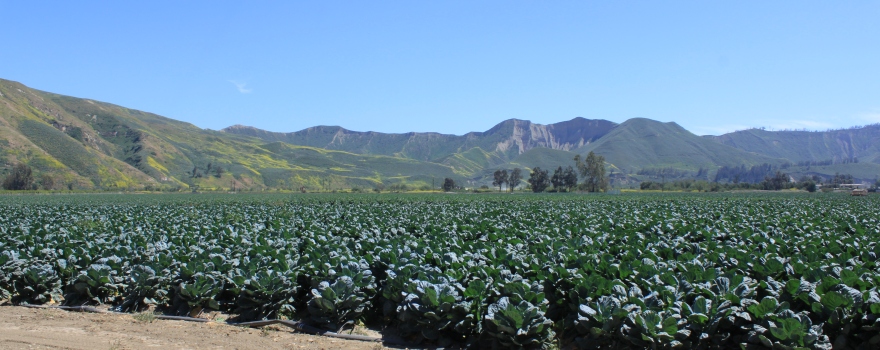
From the California Water Commission:
 The California Water Commission today approved a white paper that contains its findings and the potential next steps for State engagement in shaping well-managed groundwater trading programs with appropriate safeguards for vulnerable water users: natural resources, small- and medium-size farms, and water supply and quality for disadvantaged communities.
The California Water Commission today approved a white paper that contains its findings and the potential next steps for State engagement in shaping well-managed groundwater trading programs with appropriate safeguards for vulnerable water users: natural resources, small- and medium-size farms, and water supply and quality for disadvantaged communities.
The white paper will be shared with the Secretaries for Natural Resources, Environmental Protection, and Food and Agriculture, who requested the Commission’s engagement on this topic. The paper will guide the continued work on Water Resilience Portfolio Action 3.6 by the California Departments of Water Resources, Fish and Wildlife, and Food and Agriculture, and the State Water Resources Control Board.
Through extensive outreach and input that involved learning from the experience of others around the state, country, and world, the Commission’s paper frames the basic elements of well-functioning, protective groundwater trading programs. Those elements start with trust, access to accurate data, and a sound, well-implemented groundwater sustainability plan that fully considers all beneficial groundwater users when setting sustainable conditions.
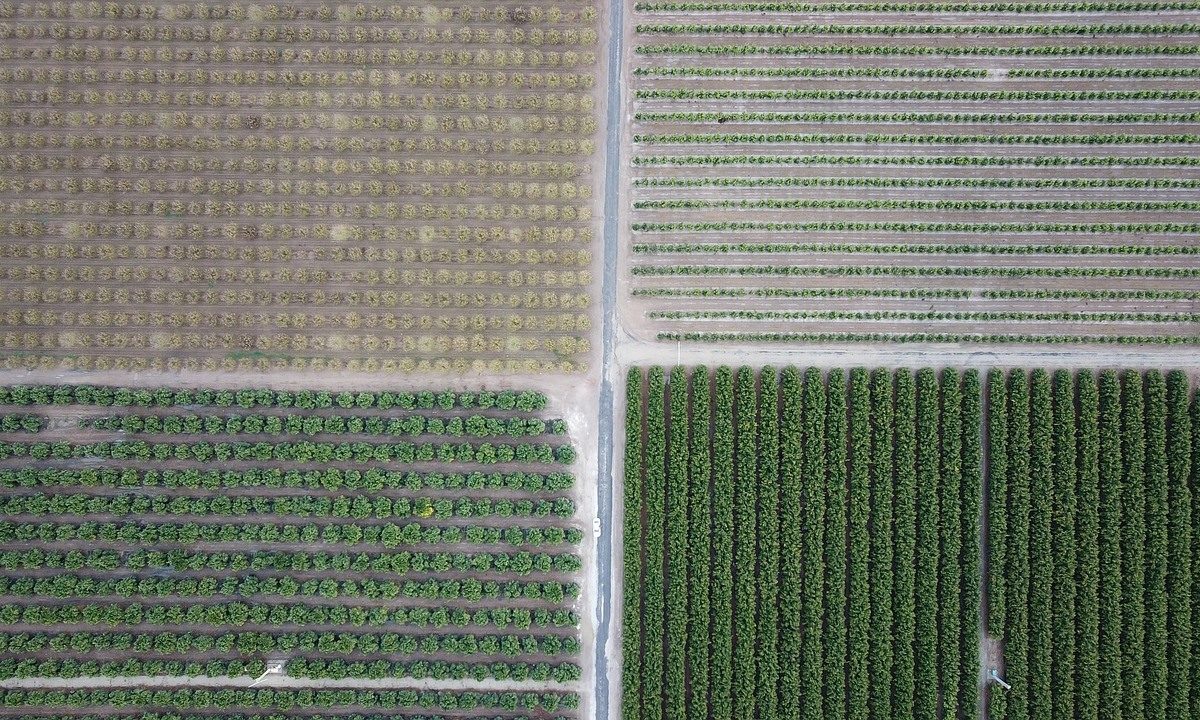
How Water Trading and Banking Can Support Groundwater Management
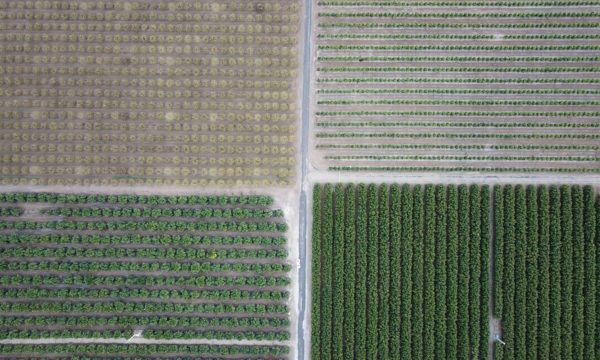 The Sustainable Groundwater Management Act mandates that local groundwater users bring their groundwater basins into balance by the 2040s, a process that will ultimately help individual users and their communities build resilience in an era of climate change.
The Sustainable Groundwater Management Act mandates that local groundwater users bring their groundwater basins into balance by the 2040s, a process that will ultimately help individual users and their communities build resilience in an era of climate change.
As groundwater sustainability agencies and others face a future of pumping reductions and subsequent land fallowing, water banking and water trading may prove important tools to help manage this transition.
However, a combination of aging infrastructure and complex, conflicting regulatory structures currently hinders the expansion of banking and trading. Multiple actors can drive reforms to streamline these practices.
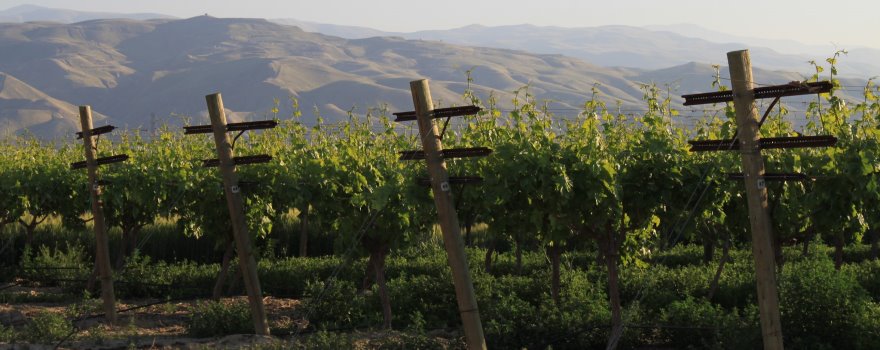
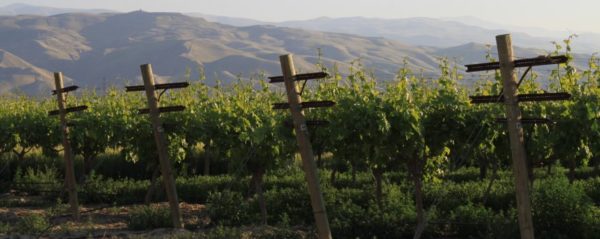 In March of this year, the Secretaries of the Natural Resources Agency, Environmental Protection Agency, and Department of Food and Ag tasked the California Water Commission with initiating a thorough and inclusive public dialogue to frame state considerations around shaping well-managed groundwater trading programs.
In March of this year, the Secretaries of the Natural Resources Agency, Environmental Protection Agency, and Department of Food and Ag tasked the California Water Commission with initiating a thorough and inclusive public dialogue to frame state considerations around shaping well-managed groundwater trading programs.
At the June meeting of the California Water Commission, the commissioners heard from a panel of speakers who discussed why groundwater sustainability agencies (or GSAs) might consider markets, what groundwater trading entails, its opportunities and limitations, and how it is connected to water accounting, allocations, and sustainable groundwater management.
The first panelist was Dr. Newsha Ajami, the Director of Urban Water Policy with Stanford University’s Water in the West and an appointed member of the San Francisco Public Utilities Commission who gave a presentation on using a cap and trade scheme to diversify water supplies. You can read her presentation here: Dr. Newsha Ajami: Enhancing Regional Water Sustainability through Virtual Water Trading
Next, Steven Springhorn, the Acting Deputy Director of Statewide Groundwater Management at the Department of Water Resources, highlighted how the Sustainable Groundwater Management Act and related activities provide a framework and foundation to build off of to develop efficient and equitable markets and how those markets can help to collectively and successfully implement SGMA. He also discussed the assistance available from the Department for SGMA implementation that can facilitate local agencies working towards developing allocations and markets. You can read his presentation here: STEVEN SPRINGHORN: Water Trading & the Sustainable Groundwater Management Act
The third presenter was Dr. Christina Babbitt, the senior manager of the Environmental Defense Fund’s California Groundwater Program. Her presentation focused on advancing well-designed water trading programs in California and included an example of EDF’s work with partners to develop a groundwater trading platform. You can read her presentation here: DR. CHRISTINA BABBITT: Advancing Well-Designed Water Trading Programs in California
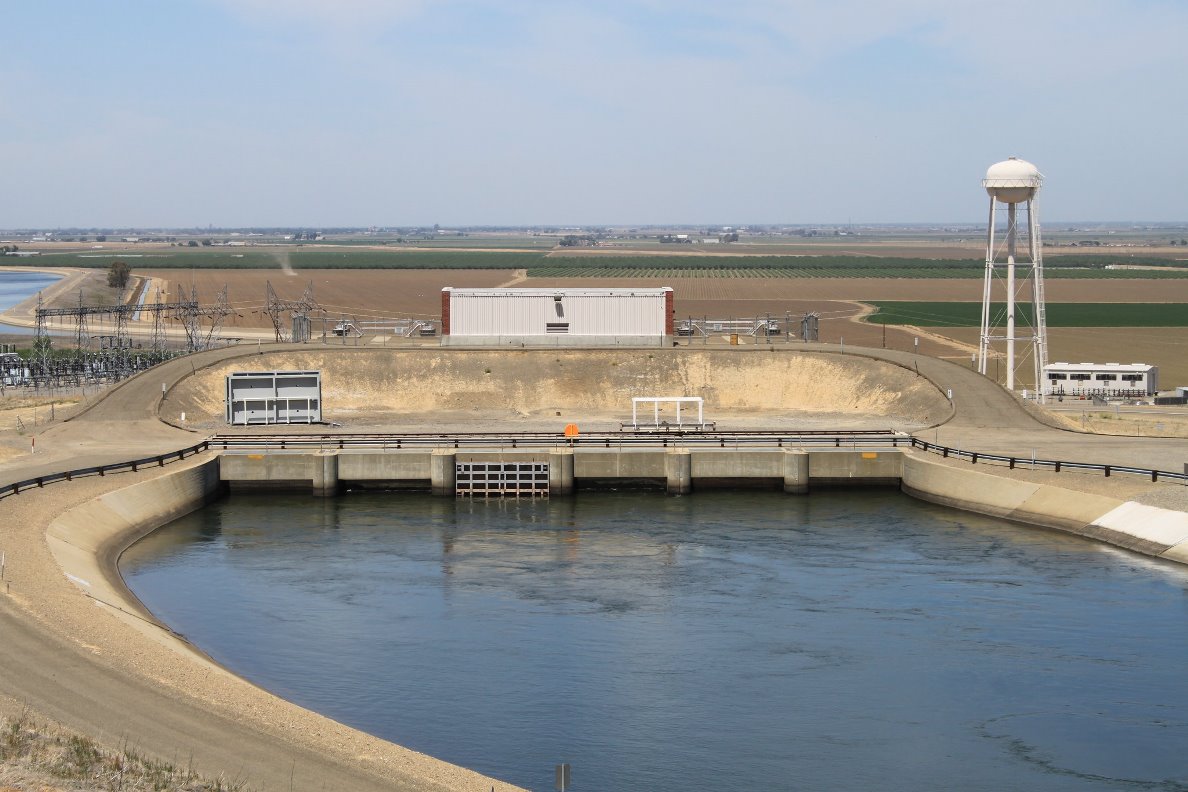
From the PPIC:
Water marketing is an important tool for managing scarce supplies.
-
- In California’s water market, buyers and sellers trade water through short- and long-term leases as well as permanent sales of their water rights. Trading enhances flexibility in water management.
- Short-term transfers lessen the economic impact of shortages during droughts by shifting water to activities and places where the lack of water will be more costly. Long-term and permanent transfers accommodate geographic shifts in water demand as the economy changes and the population grows.
- Today, most trading involves surface water. Some groundwater trading occurs within specially managed basins; this is likely to expand as groundwater users in other basins implement the Sustainable Groundwater Management Act (SGMA).
Click here to read/download the full fact sheet. También disponible en español.
“A groundwater market, which caps total pumping within one or more basins, allocates portions of the total to individual users and allows users to buy and sell groundwater under the total cap, is a promising tool for basins implementing California’s Sustainable Groundwater Management Act (SGMA).
While the benefits of a cap-and-trade system for both groundwater users and regulators are potentially very large, so too are the risks.
An electronic bulletin board that introduces buyers and sellers, like craigslist.org , is not a market. Nor is a sophisticated financial application that matches participants and executes financial transactions. A water market is a complex interaction of individuals and institutions — the product of a large number of people, structures, operational mechanisms and rules. Without careful design, a water market can do harm.. ... ”
Read more from California Agriculture here: The first SGMA groundwater market is trading: The importance of good design and the risks of getting it wrong
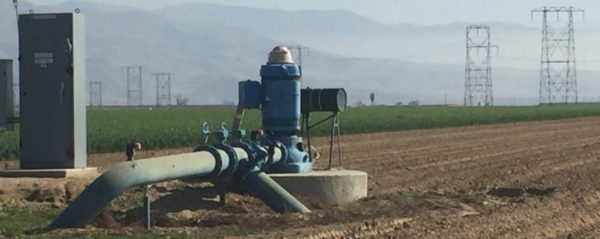 Eric Averett is general manager of the Rosedale-Rio Bravo Water Storage District in Kern County, California, which is one of 21 regions required by the state to balance groundwater demand and supply within 20 years under the Sustainable Groundwater Management Act. Rosedale is home to approximately 27,500 acres of irrigated cropland and 7,500 acres of urban development. Groundwater demand there exceeds supply by approximately 5,000 acre-feet per year. To inform landowners about their water budgets, Rosedale partnered with EDF, Sitka Technology Group, WestWater Research and local landowners to co-develop a new online, open-source water accounting and trading platform. We asked Eric to answer a few questions about how the platform will help local landowners and how it can be expanded to other parts of the Central Valley.
Eric Averett is general manager of the Rosedale-Rio Bravo Water Storage District in Kern County, California, which is one of 21 regions required by the state to balance groundwater demand and supply within 20 years under the Sustainable Groundwater Management Act. Rosedale is home to approximately 27,500 acres of irrigated cropland and 7,500 acres of urban development. Groundwater demand there exceeds supply by approximately 5,000 acre-feet per year. To inform landowners about their water budgets, Rosedale partnered with EDF, Sitka Technology Group, WestWater Research and local landowners to co-develop a new online, open-source water accounting and trading platform. We asked Eric to answer a few questions about how the platform will help local landowners and how it can be expanded to other parts of the Central Valley.
Click here to read this article.
“For years, water has been a hot topic of debate for many throughout Kern County and the Central Valley. Farmers, in particular, have been engaged in a battle over their water usage for seemingly forever. That’s one reason why one local water district is trying a new approach.
“A water market, in essence, that allowed users or landowners within our district to manage the resource more effectively,” Eric Averett, of the Rosedale-Rio Bravo Water Storage District, said. … ”
Read more from Bakersfield Now here: Rosedale-Rio Bravo Water Storage District launching new pilot program
“A local water district is developing a novel, market-based groundwater trading program that, if successful, could be expanded or copied to help Central Valley farmers cope with new state restrictions against over-pumping the region’s aquifers.
The Rosedale-Rio Bravo Water Storage District’s pilot program, set for testing later this summer or early fall, would allow certain landowners to buy or sell groundwater to or from another property owner within the district. … ”
Read more from Bakersfield.com here: Market-based program would encourage farmers to buy, sell local groundwater
Alvar Escriva-Bou, Ellen Hanak, and Josué Medellín-Azuara write,
“The San Joaquin Valley is in a time of great change. Decades of groundwater overuse have caused drinking water and irrigation wells to go dry, increased the amount of energy required to pump water, harmed ecosystems, and reduced the reserves available to cope with future droughts.
Groundwater overdraft has also caused land to sink, damaging major regional infrastructure, including canals that deliver water across the state. These problems spurred the enactment of the Sustainable Groundwater Management Act (SGMA), which requires local water users across California to bring groundwater use to sustainable levels by the early 2040s.
With California’s largest groundwater deficit, the San Joaquin Valley is ground zero for implementing SGMA. … ”
Read more from the PPIC blog here: A winning approach for managing groundwater in the San Joaquin Valley
 The California Water Commission today approved a white paper that contains its findings and the potential next steps for State engagement in shaping well-managed groundwater trading programs with appropriate safeguards for vulnerable water users: natural resources, small- and medium-size farms, and water supply and quality for disadvantaged communities.
The California Water Commission today approved a white paper that contains its findings and the potential next steps for State engagement in shaping well-managed groundwater trading programs with appropriate safeguards for vulnerable water users: natural resources, small- and medium-size farms, and water supply and quality for disadvantaged communities.






 Eric Averett is general manager of the Rosedale-Rio Bravo Water Storage District in Kern County, California, which is one of 21 regions required by the state to balance groundwater demand and supply within 20 years under the Sustainable Groundwater Management Act. Rosedale is home to approximately 27,500 acres of irrigated cropland and 7,500 acres of urban development. Groundwater demand there exceeds supply by approximately 5,000 acre-feet per year. To inform landowners about their water budgets, Rosedale partnered with EDF, Sitka Technology Group, WestWater Research and local landowners to co-develop a new online, open-source water accounting and trading platform. We asked Eric to answer a few questions about how the platform will help local landowners and how it can be expanded to other parts of the Central Valley.
Eric Averett is general manager of the Rosedale-Rio Bravo Water Storage District in Kern County, California, which is one of 21 regions required by the state to balance groundwater demand and supply within 20 years under the Sustainable Groundwater Management Act. Rosedale is home to approximately 27,500 acres of irrigated cropland and 7,500 acres of urban development. Groundwater demand there exceeds supply by approximately 5,000 acre-feet per year. To inform landowners about their water budgets, Rosedale partnered with EDF, Sitka Technology Group, WestWater Research and local landowners to co-develop a new online, open-source water accounting and trading platform. We asked Eric to answer a few questions about how the platform will help local landowners and how it can be expanded to other parts of the Central Valley. 